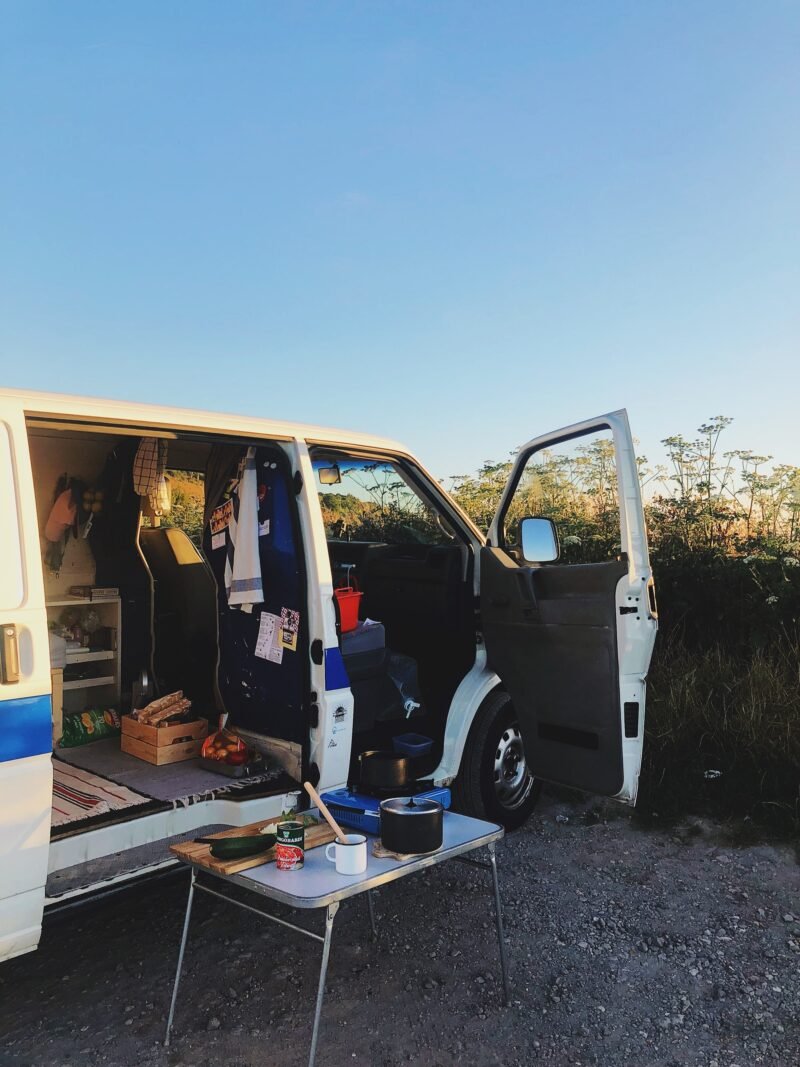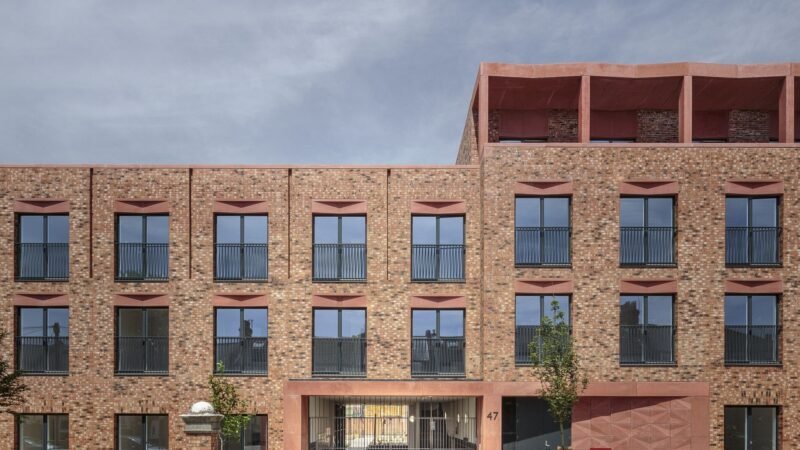Roam the World Through Co-Living

To date, digital nomads have had to piece together their own living and working arrangements. This often involves using a mix of Airbnbs and hotels, accompanied with the struggle to find reliable and productive spaces to work. Bruno Haid, CEO of Roam, is trying to bridge this gap by creating a network of experimental co-living spaces. At one of Roam’s locations, digital nomads can live and work in unique spaces, while being surrounded by a local community.
Technology now allows us to work from anywhere, so why not choose an inspiring location? With locations in Bali, Miami and Madrid Roam tests the boundaries of work and travel. Through the amenities at these locations, Roam offers three things: “beautiful safe spaces to explore from, interesting people and everything you need to do your best work.” One week at any of Roam’s locations costs $500 (one month $1,800).


So what makes roam different from jumping between hostels or checking into Airbnb’s worldwide? Unlike these other options, Roam provides the chance to create a worldwide network of people who live, work, and think in similar ways. For those fully immersed in the nomadic lifestyle, this is definitely an option. Instead of creating roots in one place, travelers can keep their location-independence. Roam plans to create a network of communal living spaces distributed worldwide. “The long-term vision is to replace leases that tie people to a certain location with the flexibility to just pack your essential and move to wherever you want whenever you want.”

Roam aims to make the nomadic lifestyle available to the next generation. “People are shifting away from the idea of material possessions. Roam inspires the shift from square meters towards the ideas of community and diversity.” Social engineering and planning is used so that nomads can optimize their stay and move onto a new location when ready. Roam believes that longer stays create a stronger community and better long term friendships, but eventual movement is encouraged to maintain one’s nomadic lifestyle.


Roam’s application process is not as rigid as other co-living establishments. “The application is more of a background check. We encourage the application of curious people. The 27-year old freelancer as much as the couple in their late thirties as much as the empty nesters who finally want to go see the world.” Roam may offer a high level of hospitality, but it is important to note that it is not a hotel. “This experience offers the opportunity to live worldwide without the abstract issues of living globally. You won’t need to search for an apartment, worry about furnishing your place, and figuring out how to pay your utilities.”

By experimenting with different situations, Roam can continue to learn and develop an understanding of what people want and need when it comes to co-living. To be valuable to the nomadic user, Roam will need to provide numerous locations in multiple regions. With four more locations planned for Buenos Aires, London, Tokyo, and San Francisco, Roam presents the opportunity to create a true global subscription to the nomadic lifestyle and co-living experience.



